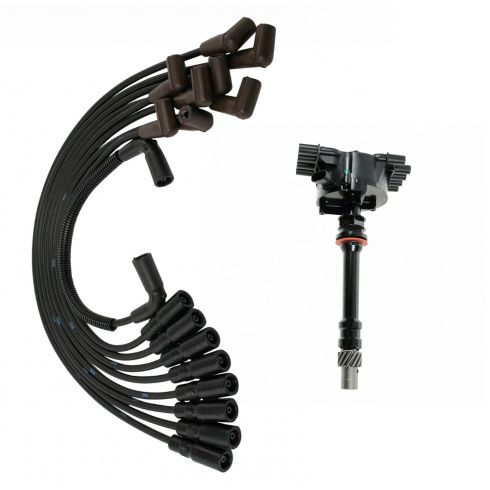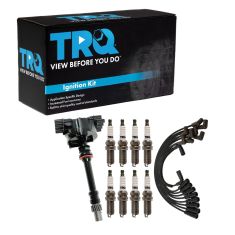1AERK00749-Chevrolet GMC Cadillac 2 Piece Ignition Kit TRQ TKA01327

Replaces
1996 Chevrolet K2500 Truck V8 5.7L 2 Piece Ignition Kit TRQ TKA01327

Product Reviews
Loading reviews
5.00/ 5.0
1
Parts for a 96 GMC Sierra
January 13, 2021
Good value (compared to other online parts retailers), free/quick delivery, and quality parts. I will continue to order from 1A Auto.
Customer Q&A
Chevrolet is a registered trademark of General Motors Company. 1A Auto is not affiliated with or sponsored by Chevrolet or General Motors Company.
See all trademarks.









